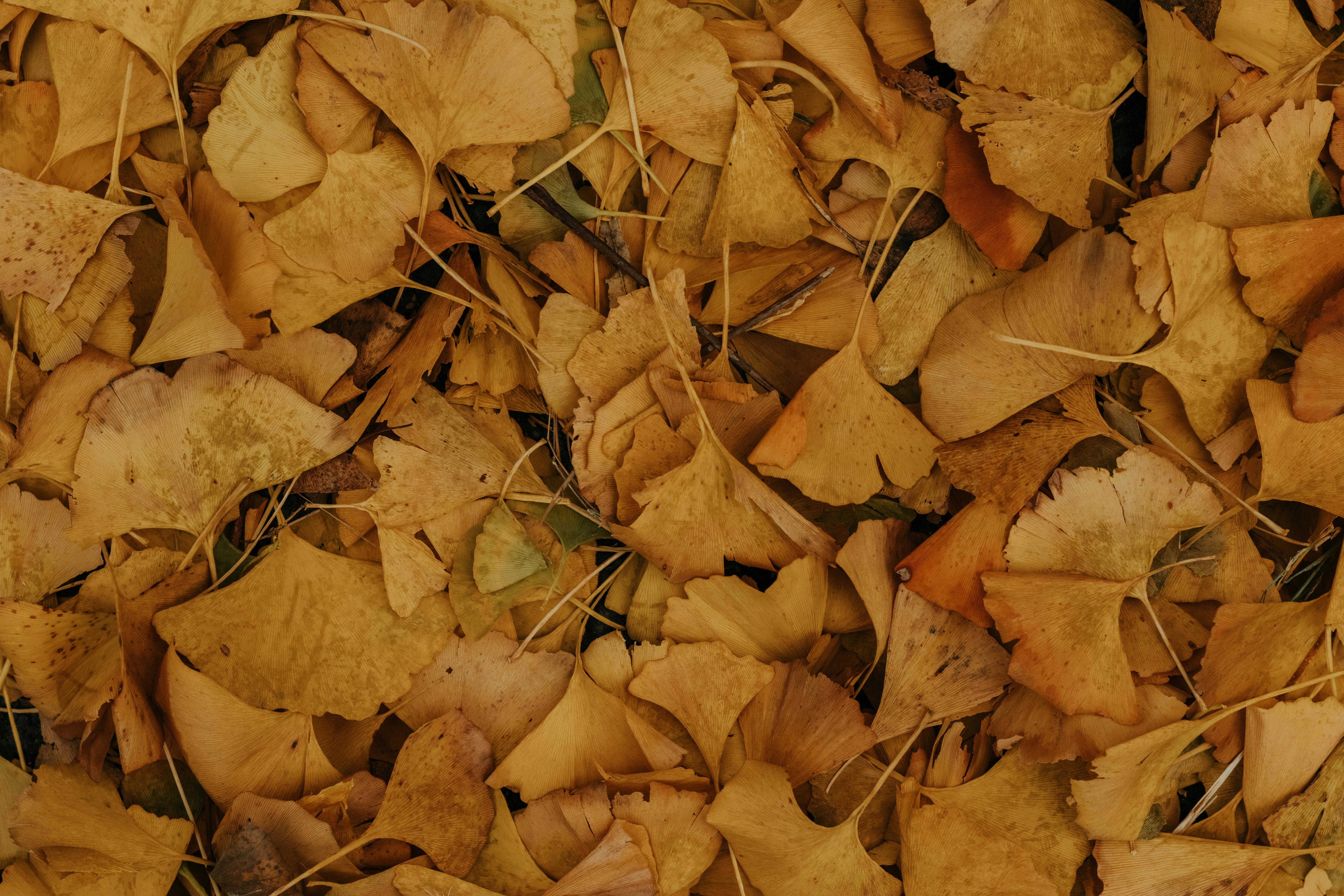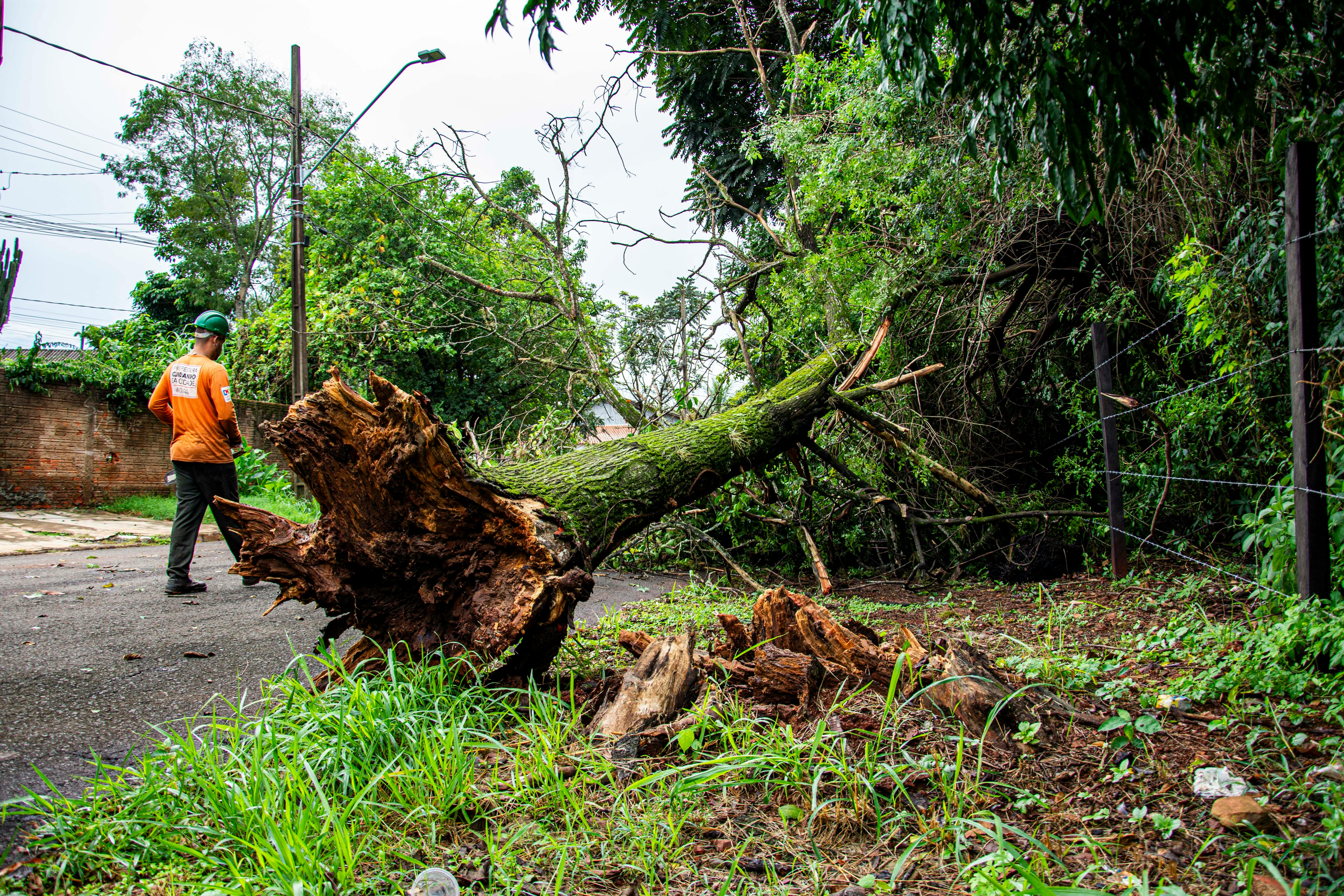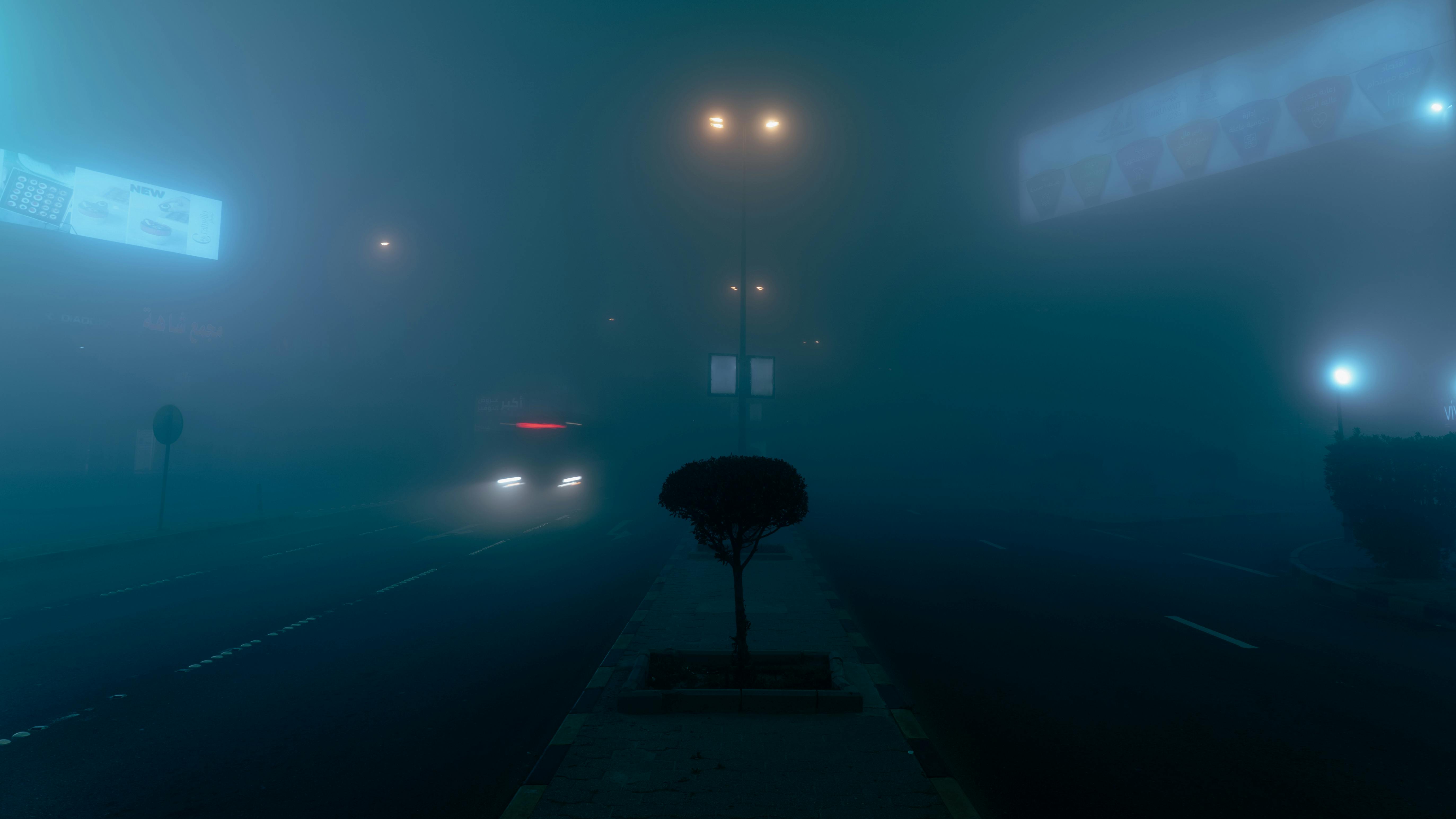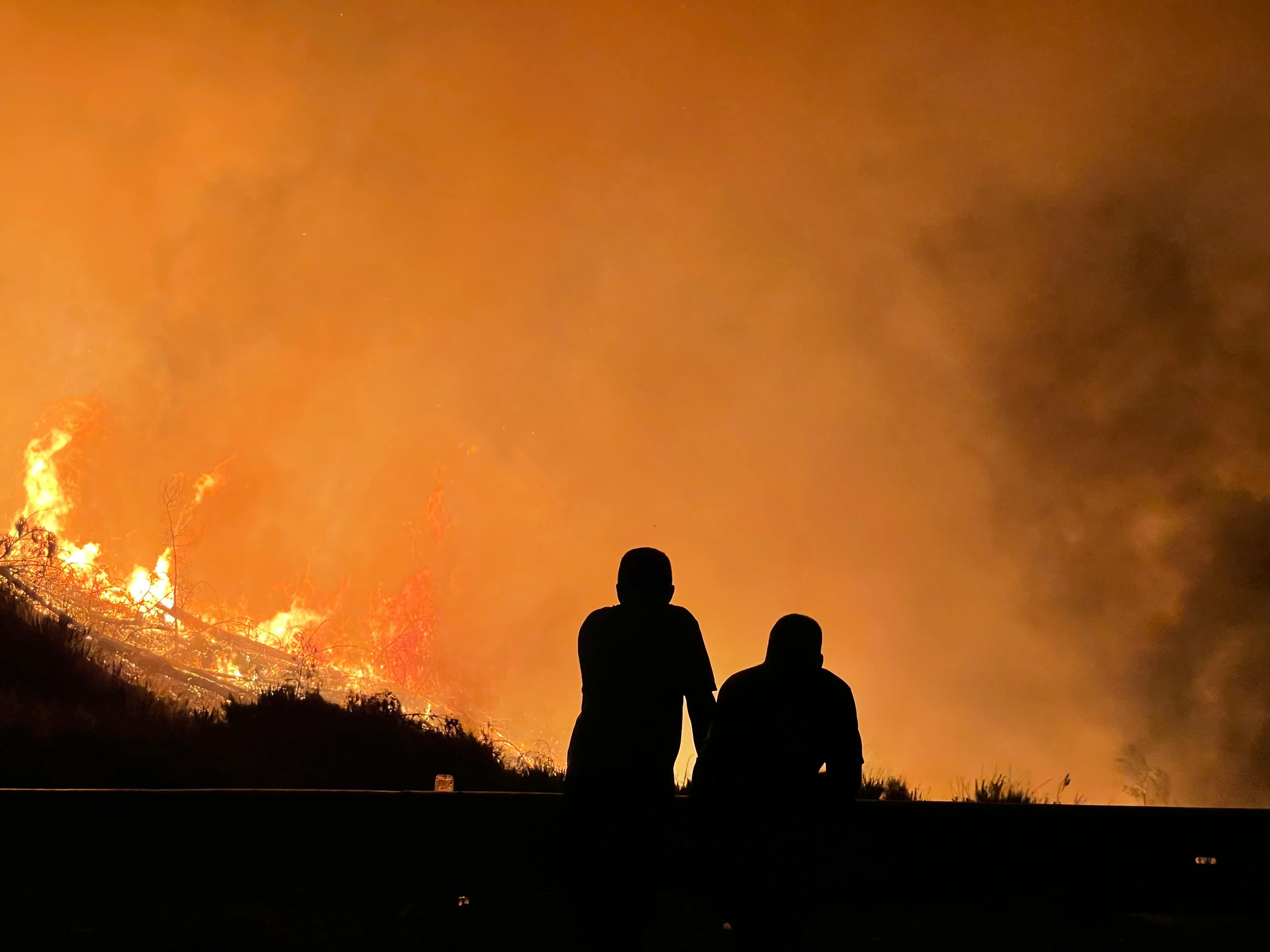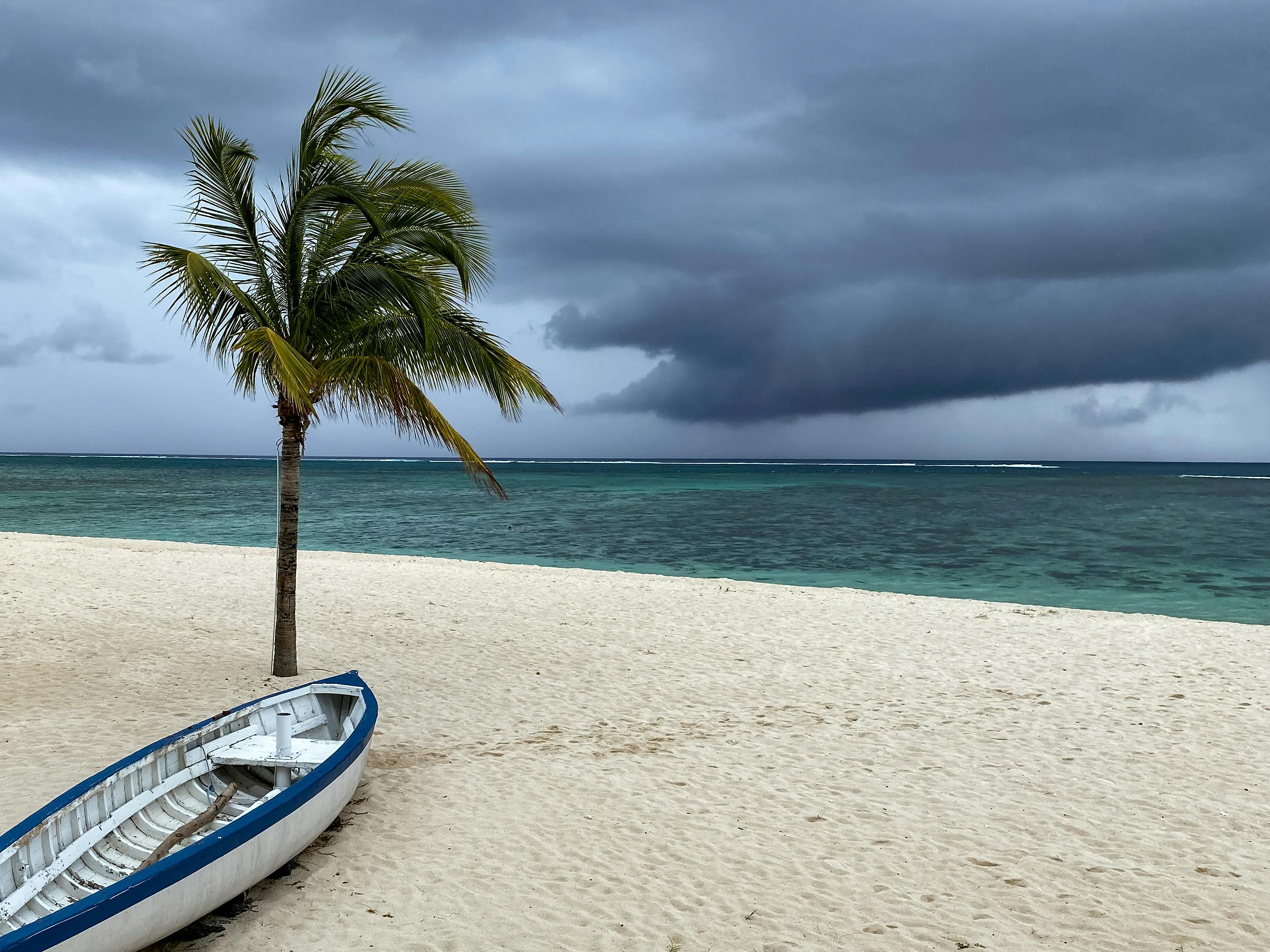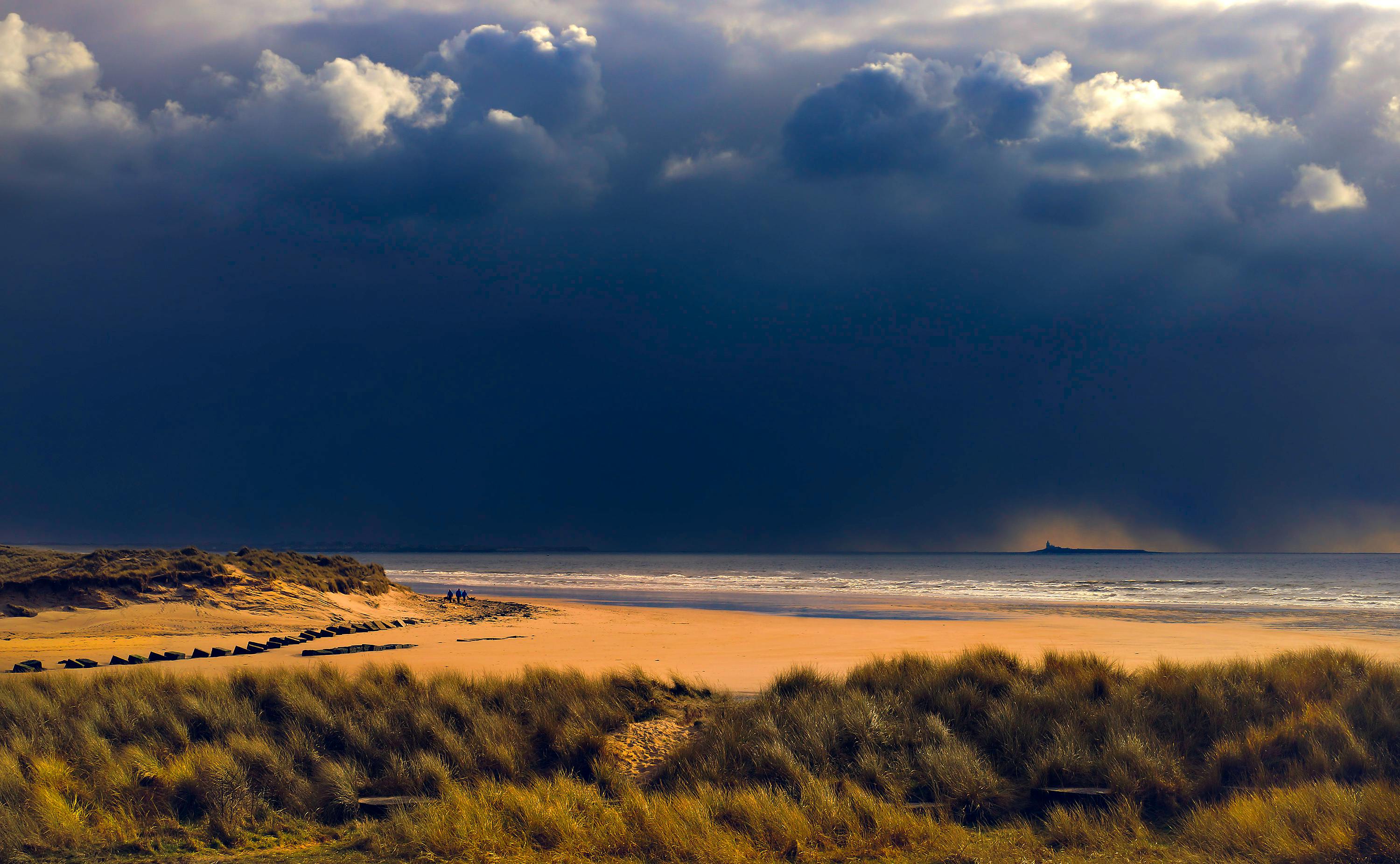What's Happening?
The British Museum is set to open a new exhibition titled 'Nordic Noir' on October 9, showcasing over 150 works by 100 artists from the Nordic region. The exhibition, curated by Jennifer Ramkalawon, delves into the darker aspects of Nordic life, moving beyond idyllic stereotypes to reveal hidden complexities. It features works by renowned artists like Edvard Munch and contemporary figures such as Mamma Andersson. The exhibition highlights how Nordic artists have responded to political and social changes since the mid-20th century, exploring themes of identity, conflict, and environmental concerns. The exhibition is supported by a grant from the AKO Foundation, allowing the museum to acquire nearly 400 works from the region.
Why It's Important?
This exhibition is significant as it offers a comprehensive look at Nordic art, challenging common perceptions of the region as solely peaceful and harmonious. By highlighting the political and social struggles reflected in the art, the exhibition provides a deeper understanding of Nordic culture and history. It also underscores the importance of supporting diverse artistic expressions and preserving cultural heritage. The British Museum's efforts to expand its collection with Nordic works demonstrate a commitment to showcasing global art perspectives, enriching the cultural dialogue and offering visitors new insights into the complexities of Nordic societies.
What's Next?
The 'Nordic Noir' exhibition will run until March 2026, providing ample opportunity for visitors to engage with the artworks and themes presented. The British Museum may continue to explore similar thematic exhibitions that challenge cultural stereotypes and offer new perspectives. The success of this exhibition could lead to further collaborations with Nordic artists and institutions, enhancing the museum's global art collection and influence.
Beyond the Headlines
The exhibition also raises questions about the role of art in reflecting and shaping societal values. It highlights the tension between artistic freedom and political influence, as seen in the historical context of Nordic artists' struggles. Additionally, the exhibition's focus on environmental themes resonates with current global concerns about climate change, offering a platform for dialogue on sustainability and cultural responsibility.





